Since September 2024, Information Services (IS) have been running a pilot of Blackboard Assignment and SafeAssign to evaluate the use of SafeAssign. This is part of our commitment to making sure that we are using the best tools available. The purpose of this blogpost is to summarise the outcomes of our pilot.
18 staff volunteered to use Blackboard Assignment for submission and marking, and SafeAssign for text-matching. These staff were based in seven different departments and taught a range of UG and PG modules. All staff were offered training and provided with written guidance on using both Blackboard Assignment and SafeAssign. The training sessions provided an opportunity for staff to discuss different assessment scenarios with E-learning staff and to ascertain the suitability for Blackboard Assignment and SafeAssign. We also sent out surveys to staff on their use of e-marking and feedback tools.
A big thanks to all the staff and students involved in the pilot and all those who completed the surveys.
Outcome
AU will continue to use our current suite of e-assessment tools:
- Turnitin
- Blackboard Assignment
- Blackboard Tests
- Assessed Blackboard Tools
The pilot allowed us to reflect on the requirements for an e-assessment solution. It was clear from this that we need a combination of different solutions for different assessment requirements.
We would recommend Blackboard Assignment be used for:
- Multi-part assignments
- A Welsh language interface for marking and submission
- Panopto submissions
One of the main purposes of the pilot was to investigate the efficacy of SafeAssign and its functionality as a text matching solution. Over the next few months, with input from stakeholders, we will decide whether we leave SafeAssign switched on and we’ll communicate this decision after Easter.
Survey Results
As well as taking part in training, staff in the pilot were asked to complete a survey before and after using Blackboard Assignment and SafeAssign. The first survey was about their use of Turnitin, and the second one was about their experiences of using Assignment and SafeAssign.
We also sent out the first survey to all staff asking for their feedback on Turnitin, and use of Turnitin tools that have no equivalent in SafeAssign. This survey was designed to help us understand whether any of the features in Turnitin are essential to the AU marking and feedback process. Overall, 71 staff took part in these first surveys.
Some of the most frequently used and important features in Turnitin are not currently available in Blackboard and SafeAssign. Two of these were ranked as regularly used:
- Timed and automatic release of marks and feedback (78% of respondents)
- Seeing whether students have viewed marks (60% of respondents)
Three features ranked as essential from an e-assessment solution:
- Timed release of marks (66% of respondents)
- Submitting on behalf of students (51% of respondents)
- Revealing individual names whilst marking anonymously (51% of respondents)
The key finding from the survey was that timed release of marks is considered both important and used frequently by staff, making it an essential requirement for any AU marking and feedback system.
The second survey was sent to just the pilot group and asked them about their use of the tools in Blackboard Assignment and SafeAssign, as well as their recommendations for changing submission and marking tools. 6 staff responded to this survey. They generally found it easy to use Blackboard and SafeAssign and didn’t report many problems for either them or their students. However, they highlighted limitations in functionality, which meant that some of the pilot group didn’t end up using Blackboard and SafeAssign at all:
- Issues navigating the marking interface
- File size upload limit (SafeAssign will only check files less than 10Mb)
- Lack of automated marks release
Anthology Ideas Exchange
Anthology Ideas Exchange allows all Blackboard institutions to request and vote on functionality enhancements to the product. As a result of training sessions and staff feedback, we made 21 suggestions via the Anthology Ideas Exchange. These were a mix of Turnitin functionality that doesn’t have an equivalent in SafeAssign, as well as changes to existing SafeAssign functionality. Some examples include:
| Enhancement Request | Ideas Exchange | Status |
| Schedule grade posting | 3052 | Future consideration |
| See if students have viewed feedback | 1612 | Planning to implement in the next 6+ months |
| Anonymous marking switched off before grades released | 1685 | Follow up |
| Annotate comment library export / import | 1751 | Future consideration |
| Submit on behalf of students | 164 | Planning to implement but this will initially only be to submit in draft attempts made by students. |
| Scheduled Grade Posting | 3052 | Future consideration |
| Increase file size limit for SafeAssign | 5711 136 | Future consideration |
If you have suggestions or changes for any part of Blackboard on that you would like us to add to the Ideas Exchange, please email elearning@aber.ac.uk. You may also be interested in the new section in our monthly update blog which highlights any Ideas Exchange ideas that we have added or voted for which have been added to Blackboard.


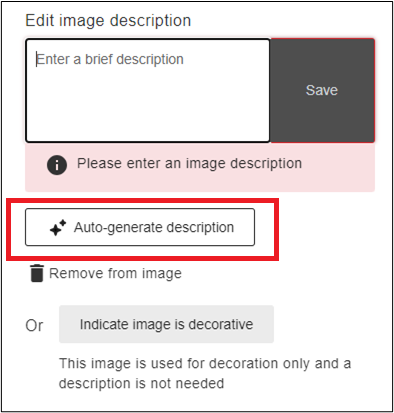

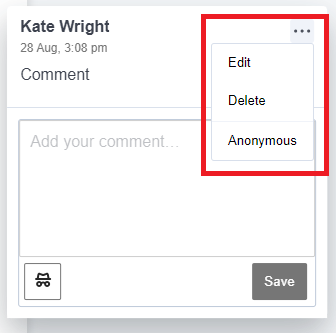
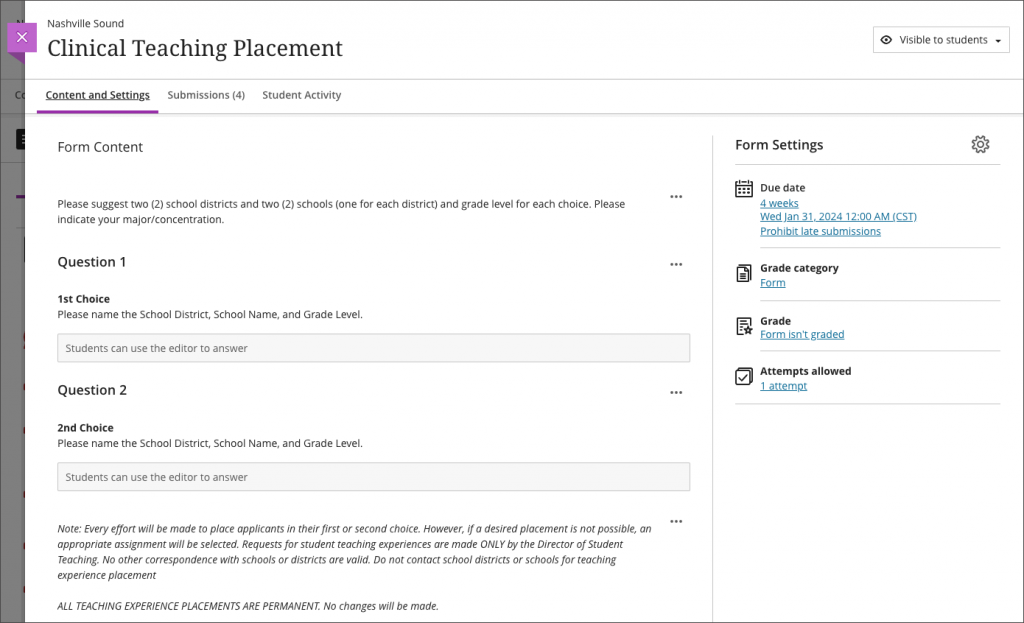
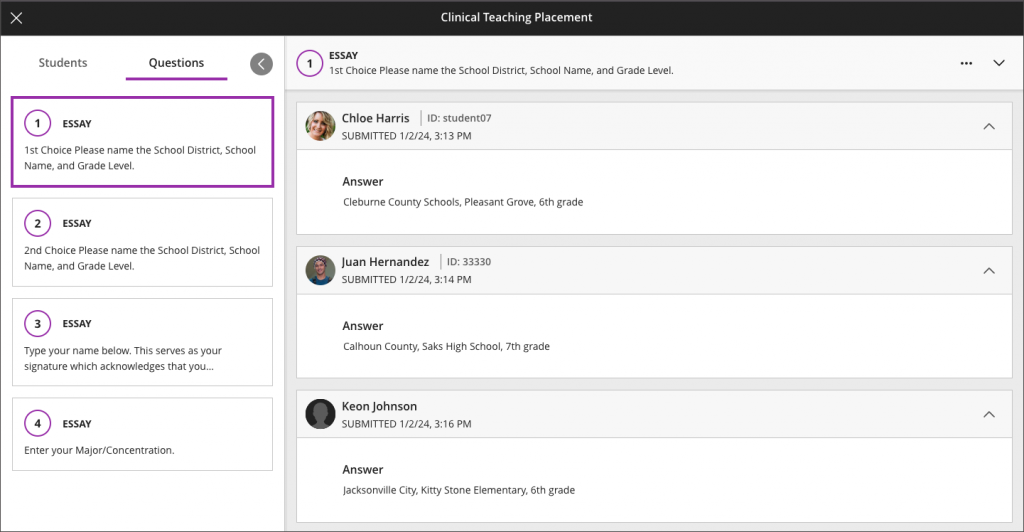

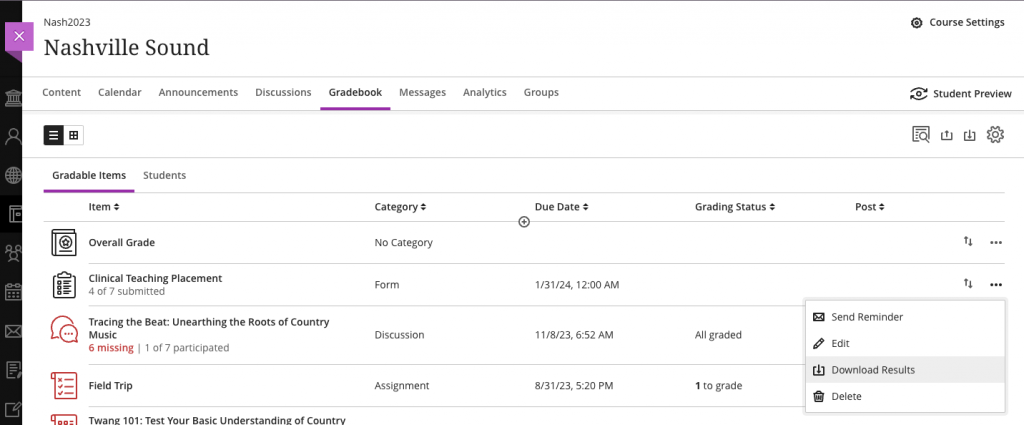
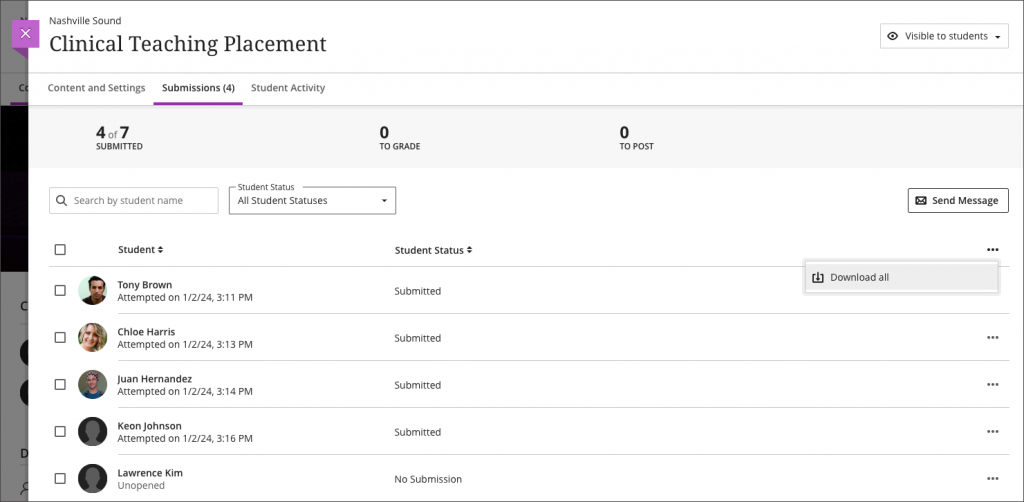
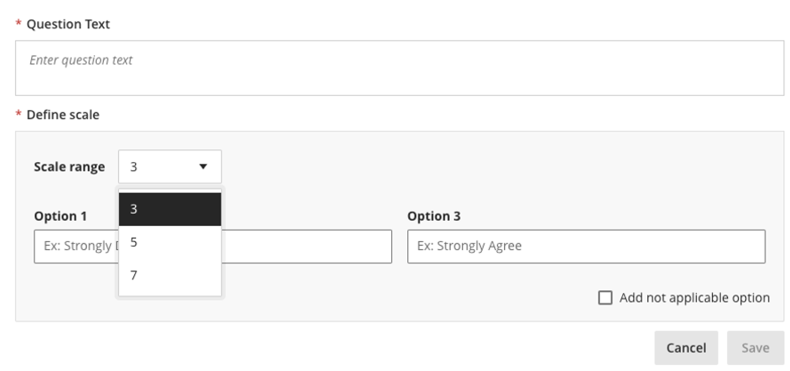


 As leader of our PGCTHE programme, I keep an eye out for resources to help staff teach effectively. These include webinars, podcasts, online toolkits, publications and more. Topics include active learning, online/blended teaching, accessibility/inclusion, and effective learning design based on cognitive science. Below I’ve listed items that came to my attention in the past week. In the interest of clarity, our policy is to show the titles and descriptions in the language of delivery.
As leader of our PGCTHE programme, I keep an eye out for resources to help staff teach effectively. These include webinars, podcasts, online toolkits, publications and more. Topics include active learning, online/blended teaching, accessibility/inclusion, and effective learning design based on cognitive science. Below I’ve listed items that came to my attention in the past week. In the interest of clarity, our policy is to show the titles and descriptions in the language of delivery. 